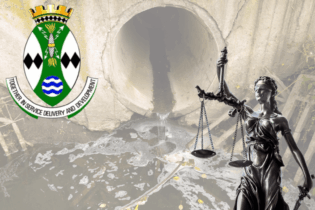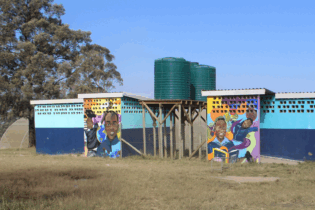“Such successful projects are the much needed tools to restore the dignity of South Africans, especially women and girl children in the remote area”, she said.
Currently the total average daily demand for the Rand Water network is projected to increase from the current demand of some 4320 Mℓ/d to around 5500 Mℓ/d by 2030. This gives an average rate of demand growth of 1.75% per annum over this period. By completing of both phases of Station 5, some 1200 Ml/d will have been added to the capacity, representing close to a 25% increase in overall Rand Water capacity. This will allow for supply of potable water to an additional 3 million people over time, as well as associated industrial and business activity. Furthermore, the increased capacity provides much needed flexibility in the water treatment process, replacement of old infrastructure, standby capacity which will enable Rand Water to have capacity to overcome water demand challenges. Mokonyane added that these projects are not only made to alleviate the effects of drought, but also water challenges and infrastructure development for future generations.
Water and Sanitation Minister Nomvula Mokonyane yesterday launched three water augmentation Projects at Rand Water’s Zuikerbosch Water Pump Station in Vereeniging, Gauteng.
This major initiative, in partnership with Rand Water Board, will underpin growth and development in four provinces, which are a greater part of Gauteng, as well as portions of Mpumalanga, Free State and North West provinces within Rand Water’s area of service.
The three projects consist of the construction of Filter House 2B, System 3 Sedimentation Tank and the Rand Water System 5A, all of which are complete and operational. They are set to deliver roughly 200 megalitres per day (Ml/d).
The launch included a sod turning ceremony to start construction of 600 Ml/day Station 5 Phase 2, valued at R3 Billion.
Mokonyane says she believes that these steps by her department and Rand Water will ensure that South Africans who are currently without water receive clean water as stipulated by the country’s constitution.








